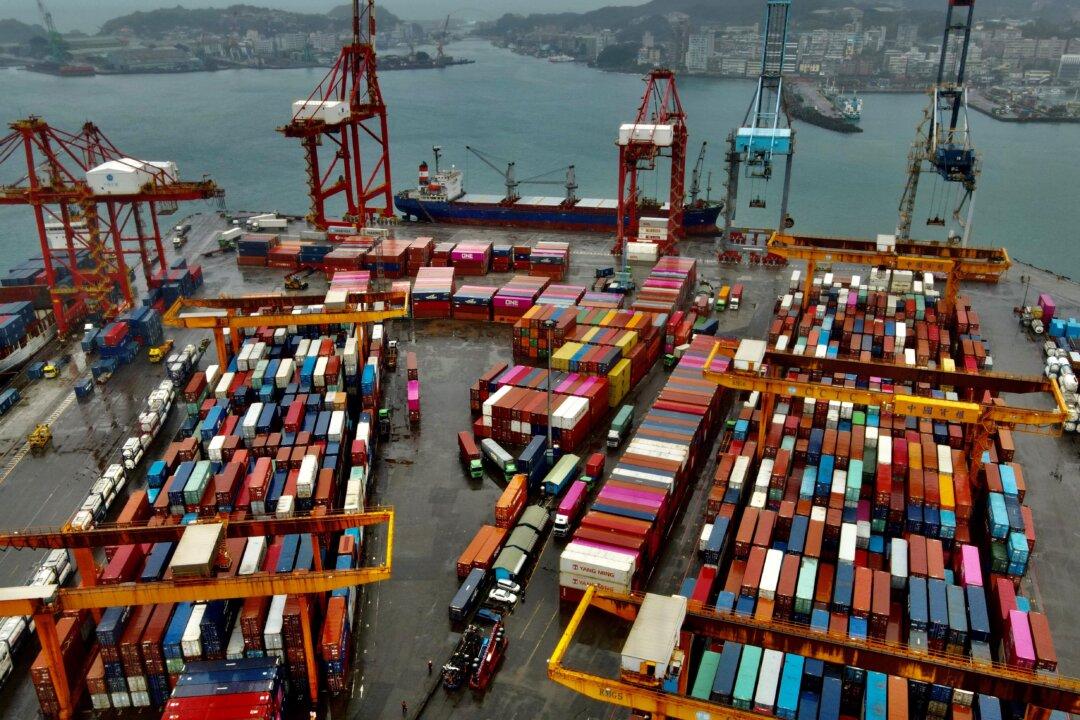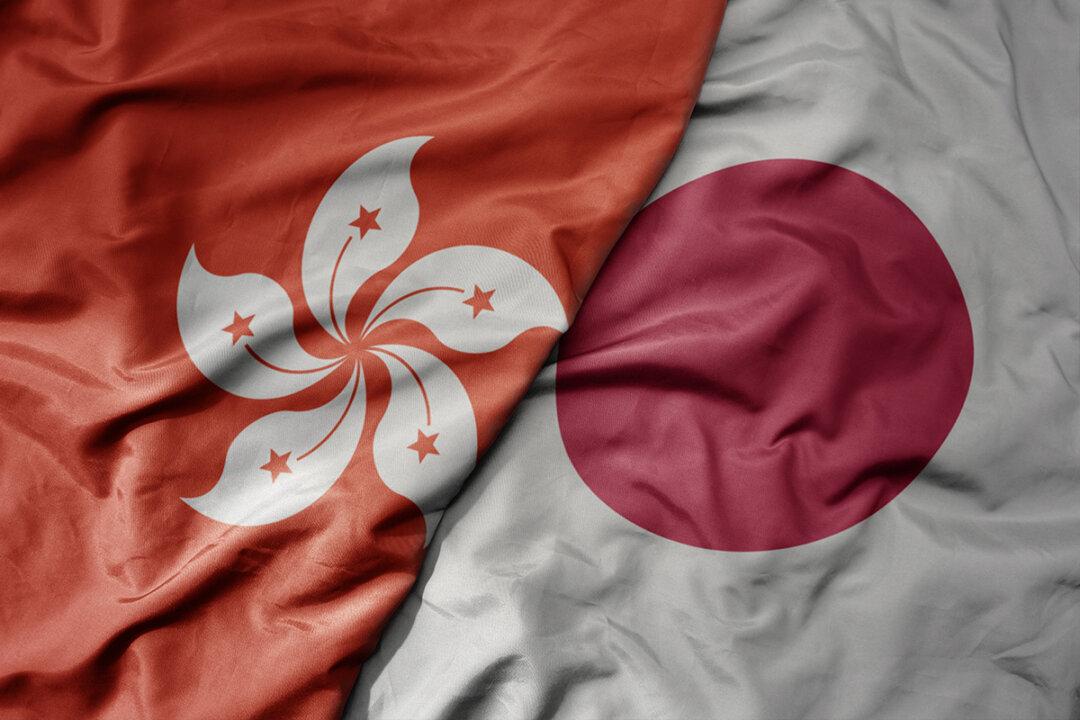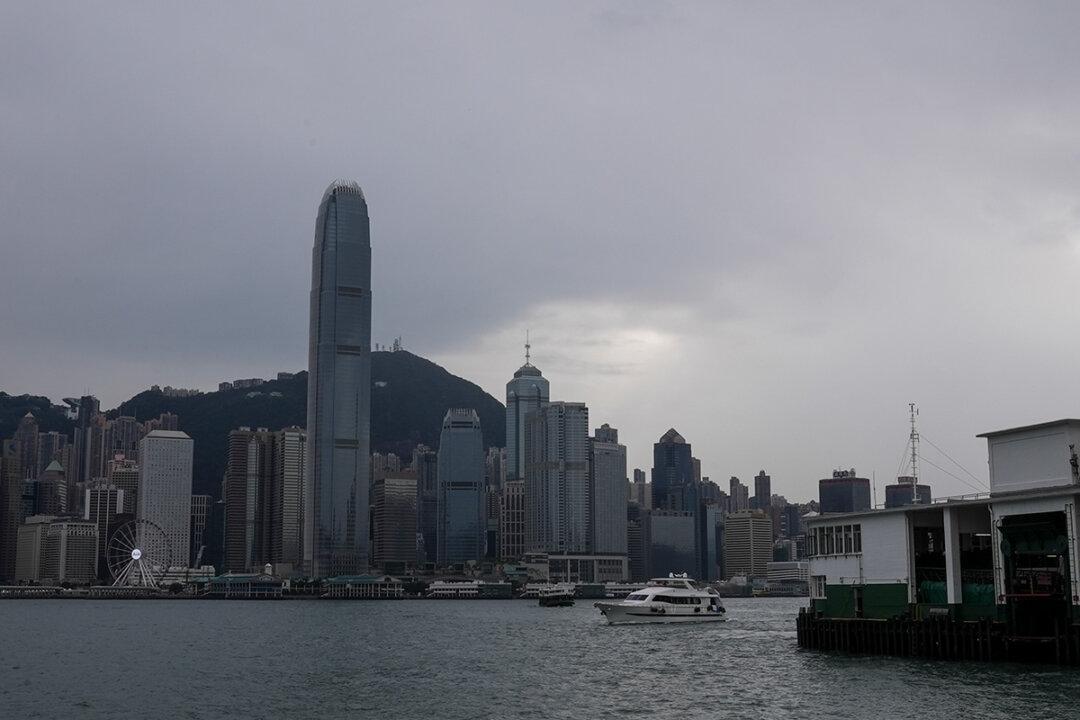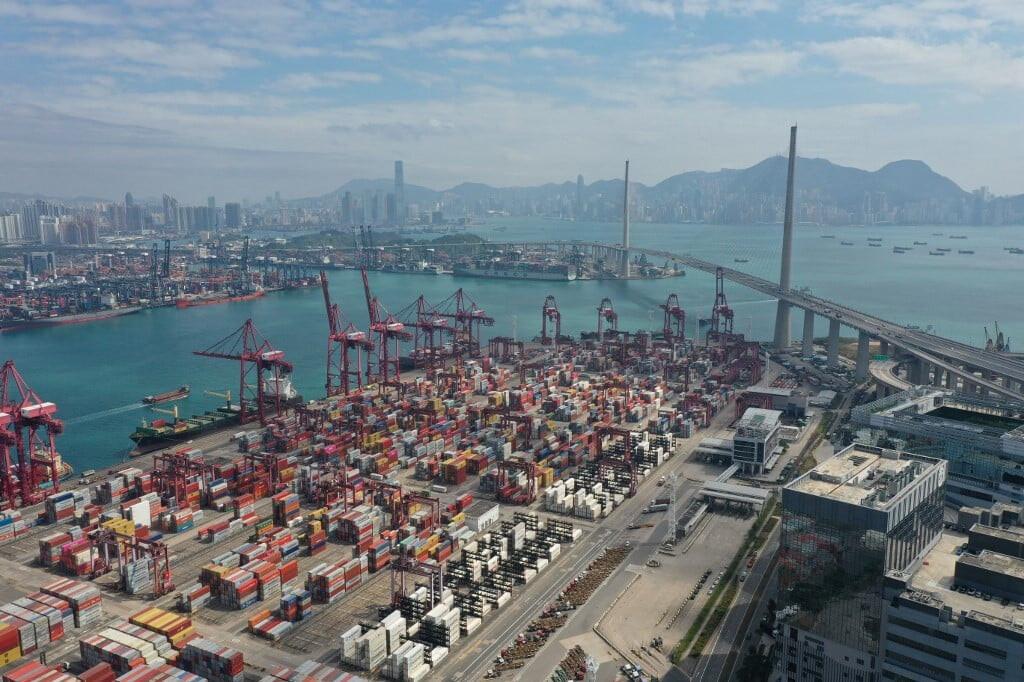In October, Taiwan’s exports to mainland China and Hong Kong fell 9.2 percent from a year earlier, the lowest in nearly 20 months, the Ministry of Finance (MOF) said on Nov. 8.
Beatrice Tsai, director-general of the MOF Department of Statistics, said the numbers are indicators of China’s weakening economy.





